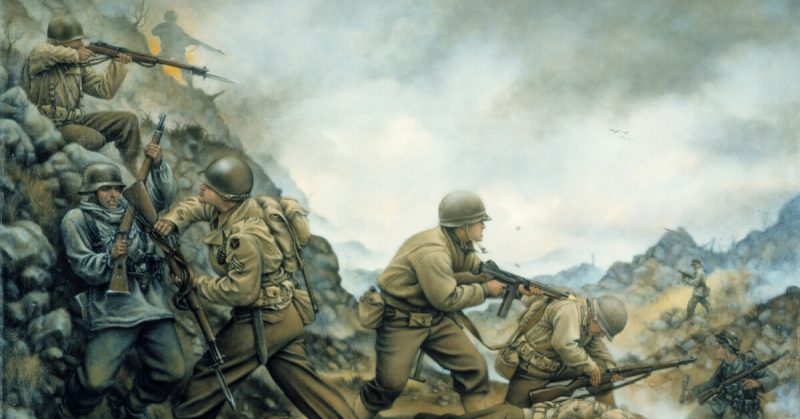In most battles, the commanders are focused on proving their superiority over the enemy. But in April 1943, when American troops assaulted Axis positions on a nameless North African hill known only as 609, they made a point to their allies as much as their enemies.
Both the American soldiers and their commander, Major-General Charles Ryder, were out for redemption.
Anglo-American Tensions in North Africa
Though less well-remembered than Europe or the Pacific, North Africa was one of the great battlegrounds of the Second World War. From early in the war, British forces faced German and Italian troops in the region. In 1942, they were joined by the Americans. This was where the steel of the joint Allied armies would be tested.
From the moment American forces joined the British, there were tensions. The British had been a global military power for centuries and had been fighting the Axis in North Africa since 1940. The Americans, products of a peacetime military only just joining the fight, struck them as brash and boastful far beyond their limited experience. The Americans, bringing their superior resources and trained troops to the fight, found the British cold and patronising.
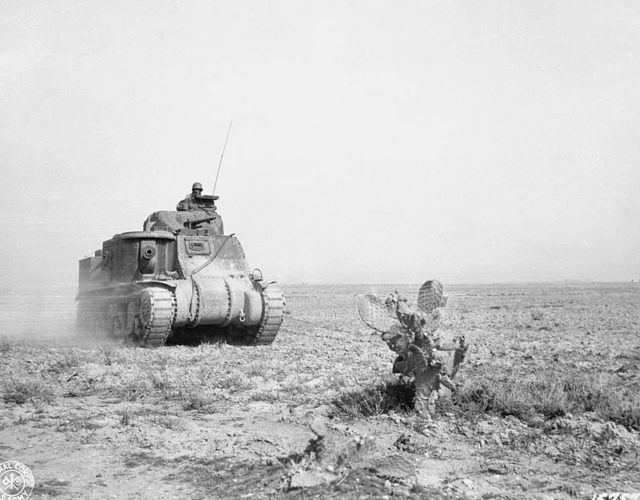
By the spring of 1943, these tensions were poisoning relations at every level of the military.
Major-General Charles Ryder
The first US division deployed in North Africa was the 34th Infantry, under the command of Major-General Charles Wolcott Ryder. Born in 1892 and graduating the US Military Academy in 1915, he was an experienced veteran who had earned two Distinguished Service Crosses, a Silver Star and a Purple Heart as a major and then a colonel in the First World War.
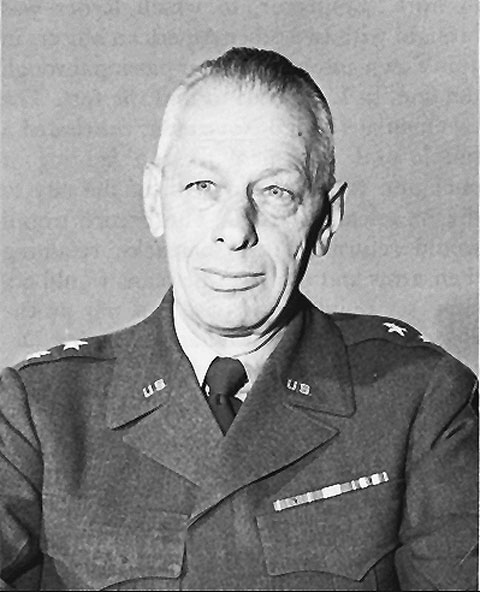
Ryder had led a 33,000-man Anglo-American force tasked with taking Algiers during Operation Torch, the grand amphibious assault that marked the start of Anglo-American joint operations. Setbacks during Torch set the tone for relations between the two armies, and from the start, Ryder was associated in some minds with these failures and difficulties.
This was no reflection on Ryder’s ability as a commander. He was a skilled tactician, a fact recognised by Major-General Omar N. Bradley, who had attended West Point along with him. With Bradley as General George S. Patton’s deputy, Ryder had friends in high places.
But he also had opponents.
Failure at Fondouk
In March 1943, the Axis were on the run in North Africa. Driven back in fierce fighting at Wadi Akarit on the 6th and 7th of April, they came to Endifaville, 50 miles from Tunis.
The Allies now had an opportunity. If a British Corps under Lieutenant-General John Crocker could make a breakthrough at Fondouk, then they could cut off the Axis line of retreat. Ryder and the American 34th Infantry were given the task of taking the pass at Fondouk.
Ryder, ever the tactician, believed that the best way to take Fondouk would be through encirclement. Crocker disagreed and overruled Ryder, ordering him to make a frontal assault.
The result was a bloody failure. The 34th Infantry suffered heavy casualties carrying out Crocker’s assault on Fondouk, yet were unable to take the pass. Crocker blamed Ryder and his men for not completing his plan, and ordered them withdrawn from the front lines for retraining.
It was a humiliating moment for Ryder and for the men of the 34th Infantry, who had fought bravely and lost comrades trying to fulfil Crocker’s orders.
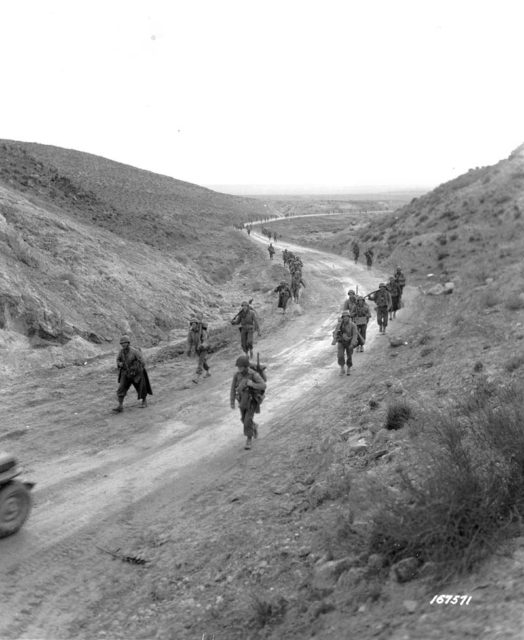
Arguments Between Allies
The Americans were sick of the patronising British attitude and saw Crocker’s withdrawal of Ryder as the ultimate example of this. Bradley believed that the withdrawal would damage the morale not just of Ryder and his men but the whole American force. Together with Patton, he appealed against the decision.
Fortunately for Ryder, General Sir Harold Alexander, the British commander in overall charge of the ground forces, saw the merits of Bradley’s argument. He overruled Crocker – Ryder and the 34th Infantry would remain in the field.
Meanwhile, the arguments between British and American commanders grew. Patton blamed the problems at Fondouk on a lack of close air support. Air Marshal Arthur Coningham said that the ground troops had not been battle-worthy. It took the intervention of General Dwight Eisenhower to put a lid on the argument, ordering Coningham to apologise to Patton.
But beneath the surface, tensions simmered.
The Americans, and Ryder in particular, needed to prove themselves.
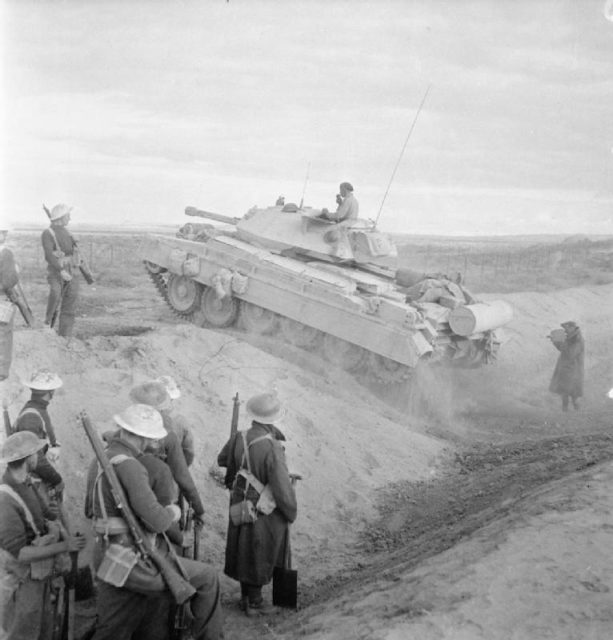
The Bloody Battle of Hill 609
By now, Axis forces were contained in the tip of the Tunisian peninsula. Alexander drew up a plan to finish them off. At first, he gave the Americans only a minor role, but Bradley went to Eisenhower, who persuaded Alexander to give the American II Corps the task of taking Bizerte.
The key to Bizerte was a high point known only as Hill 609. One of the best defensive positions in all of Tunisia, it was protected by steep slopes, crossfire from nearby high ground, and substantial artillery. General Jürgen von Arnim of the German Afrika Korps was using it to observe and hurl artillery fire down on the Americans approaching Bizerte.
Ryder and the 34th were given the task of taking Hill 609. Bradley told Ryder “Get me that hill and no one will ever again doubt the toughness of your division.”
From the 27th to the 30th of April, the 34th Infantry Division assaulted Hill 609, once again taking heavy casualties as they sought to dislodge the Germans. Even after taking the hill, they faced another day of bloody fighting, as German counter-attacks sought to retake the hill before the 34th could establish defensive positions.
Hill 609 restored the glory of Charles Ryder and the 34th Infantry, proving that Fondouk had not been a reflection of their skills. Opening up the road to Bizerte, it allowed other parts of the American army to prove their value. Like Ryder and the 34th Infantry, the Americans had got off to a rough start in North Africa but soon learned from it. As Bradley said, “In Africa we learned to crawl, to walk, to run.”
